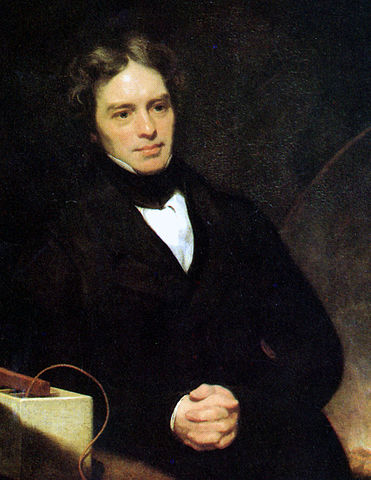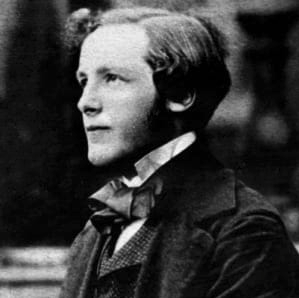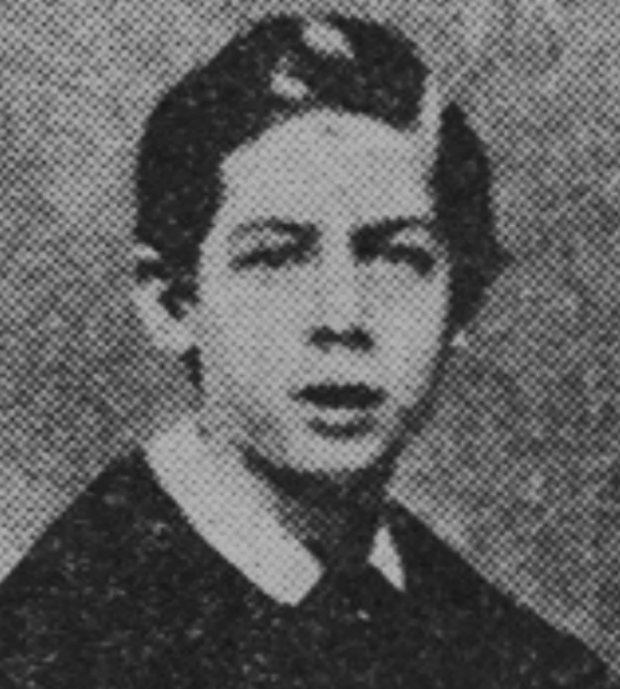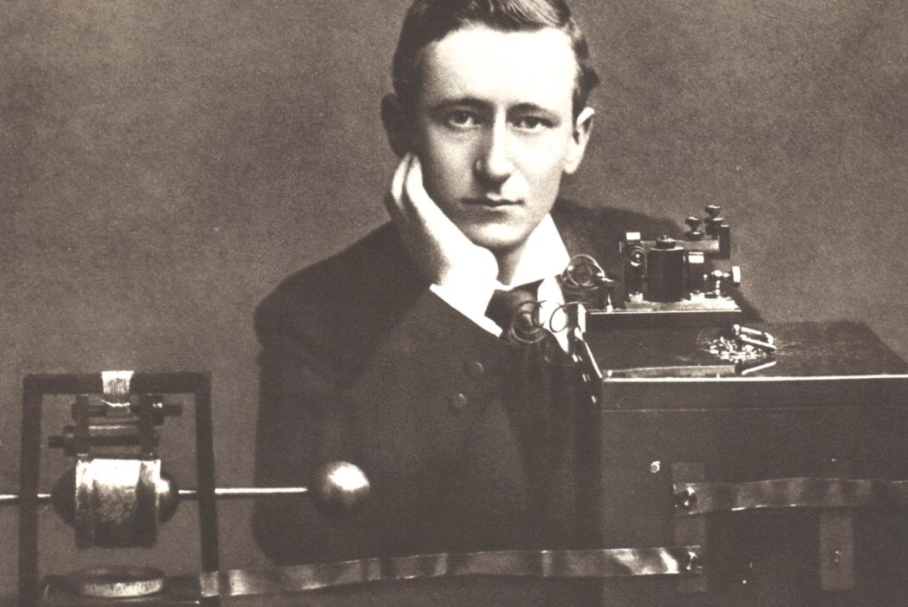Study Guide: Discoverers of Electromagnetic Energy
Michael Faraday
 Michael Faraday was one of the most famous scientists in history, and is known as the ‘Father of Electricity’. He was born September 22, 1791 in London, England, UK and died August 25 in 1867 at the age of 75. His father was a blacksmith. Before they married, his mother had worked as a servant. England was a tough place for the poor, and they lived in great poverty.
Michael Faraday was one of the most famous scientists in history, and is known as the ‘Father of Electricity’. He was born September 22, 1791 in London, England, UK and died August 25 in 1867 at the age of 75. His father was a blacksmith. Before they married, his mother had worked as a servant. England was a tough place for the poor, and they lived in great poverty.
Sir Humphrey Davy was one of Michael Faraday’s heroes. When Davy had an unfortunate accident in his lab, he asked Michael to work for him by writing his lab notes. This was a dream come true for Faraday. Davy soom saw the boy’s potential, and made him chemical assistant at the Royal Institute. As the years went by, Faraday was promoted, and eventually became a full professor.
James Clerk Maxwell

James Clerk Maxwell began by investigating the work of other scientists. Faraday’s understanding of mathematical fields gave him the insight to describe electromagnetism with field equations, which led to more discoveries by many others.
Classical electromagnetic field theory emerged in more or less complete form in 1873 in Maxwell’s, “A Treatise on Electricity and Magnetism”. Maxwell based his theory on the intuitive insights of Michael Faraday, but was able to more accurately describe and prove them using mathematics. The wide acceptance of Maxwell’s theory caused a fundamental shift in our understanding of physical reality, leading in time to the revolutionary ideas of Einstein and others.
Heinrich Hertz

Heinrich Hertz (1857-1894) was one of the most important scientists of the nineteenth century. The famously self-effacing physicist was responsible for, among other things, the discovery of the photoelectric effect, which helped form the foundation for modern quantum theory. Hertz also discovered radio waves, which have numerous modern communications, wireless technology, astrophysics and medicine. To honor Hertz, a consortium of scientists gathered in 1930 and named the unit of frequency after him.
Heinrich Hertz began by studying Maxwell’s work, in particular, the mathematics behind the explanation of electromagnetic energy. Hertz designed the laboratory equipment needed to investigate the physical reality of Maxwell’s equations. His experiments proved that Maxwell and Faraday’s ideas about electromagnetism were correct.
$$ \textit{Hz } = \textit{ Hertz } = \textit{ Cycles per second} $$Guglielmo Marconi

Guglielmo Marconi, was an inventor who built on Hertz’s work to develop transmitters and receivers. He began the era of global wireless communications using Morse Code. With his work, the stage was set for the modern era of communications. All it took was the invention of the electron tube, the magnetron, the traveling wave tube, the transistor, the integrated circuit, and a variety of computer technologies to bring us our current world of $24 \times 7$ instant global communications.
Fear and Precaution
Are the forces of electromagnetism safe? Like all mysterious forms of energy, we should be careful about using something we do not understand.
For example, when people switched from gas lights to electric lights, there was widespread fear about using the new technology.
In 1891, electric lighting was installed in the US White House for the first time. In those days, electric lights were barely a decade old and few people had faith in the new technology. However, US war planners saw new uses for electricity, and promoted the lighting of the White House as a way to increase popular support for their own efforts.
The electrification of the White House was part of a well-funded military project to wire up the State, War and Navy Building next door. The Edison Company installed a generator for both buildings inside the State, War and Navy Building’s basement. Wires were then strung across the lawn to the White House. (Note: This was before the invention of “propaganda”, after which “war” was renamed “defense”.)
The electric lights were initially only meant to supplement the more reliable-seeming gas and candle lights. Wires were buried in wall plaster, with round switches installed in each room for turning the current on and off. President and Mrs. Harrison refused to operate the switches out of fear of being shocked. They left the dangerous task to the domestic staff. Unfortunately, history does not record the opinions of the “domestics” who braved the mysterious new technology.
Like the almost forgotten fear of electric lights, fear of other uses of electromagnetic energy is widespread today. Many today are concerned about electromagnetic radiation from radar systems, microwave ovens, cell phones, wireless networks, Bluetooth devices, x-ray equipment, 5G networks, etc.
Despite the fears–both valid and invalid–a few intrepid explorers forged on…
Mysteries Remains
It is important to remember that, except for visible light and the electric and magnetic fields, electromagnetism is completely invisible to us. It is the measurement of these fields (whatever they are) that allows us to “see” a core force of nature.
Although humanity has developed beautiful theories, the phenomenon of light, electricity and magnetism remain deep mysteries. For example, one simple-seeming question that no one can answer is, “Why does light have a specific speed?”


